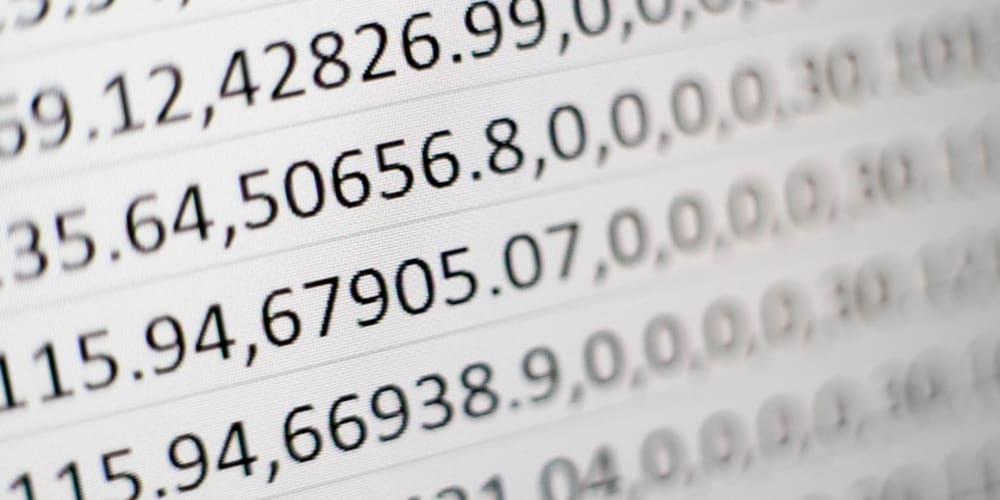Unleashing the Power of Qudits: Expanding Horizons in Quantum Computing
Introduction
The world is on the cusp of a revolution driven by quantum computing. While still in its nascent stages, this technology promises to solve problems that are intractable for even the most powerful classical computers. At the heart of this revolution lie quantum bits, or qubits, the building blocks of quantum information. However, recent research has unveiled a new player in the quantum game: the qudit.
What are Qudits?
Qubits, the basic units of quantum information, exist in a superposition of two states, represented by the values 0 and 1. This allows them to represent more information than traditional bits, which can only be in one state at a time. However, qudits, or "quantum digits", take this concept a step further. They can exist in a superposition of multiple states, not just two. Imagine a qubit as a coin that can be heads or tails. A qudit, on the other hand, is like a dice that can land on any of its six faces simultaneously!
The Advantages of Qudits
The increased dimensionality of qudits offers several significant advantages over qubits:
- Enhanced Information Encoding: Qudits can encode more information per unit than qubits. A d-dimensional qudit can hold log 2 (d) bits of information, meaning a 4-dimensional qudit can encode two bits, while a 16-dimensional qudit can encode four bits. This opens up exciting possibilities for storing and processing large amounts of data.
- Improved Error Correction: Qudits are inherently more resilient to noise, which is a major obstacle in quantum computing. The extra degrees of freedom offered by qudits allow for more robust error correction schemes, paving the way for more reliable quantum computers.
- Greater Computational Power: The higher dimensionality of qudits allows for the development of new quantum algorithms that can perform calculations impossible with qubits alone. This could lead to breakthroughs in fields like materials science, drug discovery, and artificial intelligence.
Implementing Qudits: Techniques and Tools
The realization of qudit systems presents unique challenges and requires innovative approaches. Here are some of the prominent techniques being explored:
1. Trapped Ions: Trapped ions, atoms held in a vacuum chamber using electromagnetic fields, are a promising platform for creating qudits. The internal energy levels of the ion can be manipulated to represent different quantum states. By using multiple energy levels, researchers can create qudits with higher dimensionality.
[Image: Trapped Ion Qudit system]
2. Photonic Qudits: Photons, the particles of light, can be used to create qudits by encoding information in their polarization, frequency, or orbital angular momentum. This approach offers the advantage of high coherence and low noise levels.
[Image: Photonic Qudit system]
3. Superconducting Qudits: Superconducting circuits, cooled to near absolute zero, exhibit quantum properties that can be exploited to create qudits. These circuits can be engineered to have multiple energy levels, representing different qudit states.
[Image: Superconducting Qudit system]
4. Topological Qudits: Topological qudits leverage the properties of topological materials, where information is stored in the global properties of the system rather than the individual states of the qudits. This approach offers inherent robustness against noise and errors.
[Image: Topological Qudit system]
The Future of Qudits
While still in their infancy, qudits hold immense potential to revolutionize quantum computing. Their increased dimensionality offers a path towards more efficient, robust, and powerful quantum computers. The ongoing research in this area promises to unlock a new era of quantum technology, with applications ranging from drug discovery to artificial intelligence.
Conclusion
The emergence of qudits signifies a significant shift in the landscape of quantum computing. They offer a powerful alternative to qubits, promising enhanced information encoding, improved error correction, and greater computational power. As researchers continue to develop new techniques and tools for implementing and manipulating qudits, we can expect to see rapid advancements in the field, bringing us closer to the realization of truly transformative quantum computers.
Best Practices for Qudit Research
- Focus on System Scalability: The ability to scale up the number of qudits is crucial for realizing practical quantum computers.
- Develop Robust Error Correction Schemes: Addressing the challenges of noise and decoherence in qudit systems is essential for reliable quantum computation.
- Explore Novel Quantum Algorithms: Leveraging the unique properties of qudits to design new algorithms can unlock unprecedented computational capabilities.
The future of quantum computing is bright, and the power of qudits is poised to play a key role in illuminating the path ahead.


















